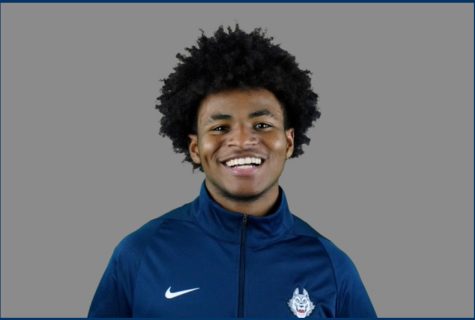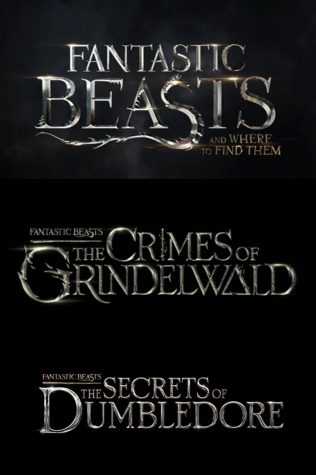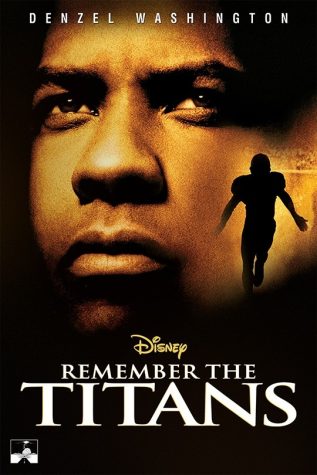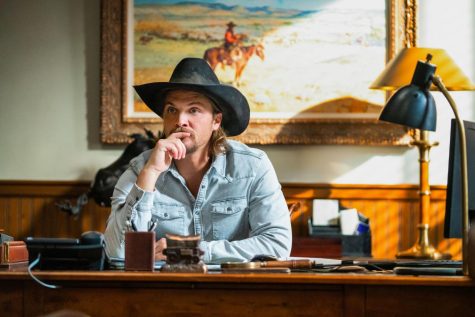RETRO REVIEW: Does “The Nightmare Before Christmas” Still Have Bones to Stand On?
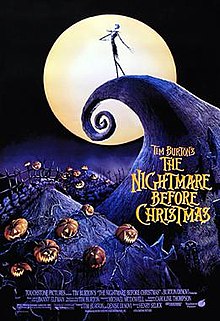
With Halloween right around the corner, I thought it would be fun to take a look back on an old favorite. It has been 25 years since the spine-chilling classic “The Nightmare Before Christmas” debuted and became an instant classic Halloween and holiday havoc both. This film is so ingrained into our pop culture subconscious that many of us simply take it as ghoulish gospel.
However, we are going to try to explain why so many hail The Pumpkin King each year, and whether that revere is justified or not.
A common myth that many people have about the film is Tim Burton’s role in the production. Many people assume that Burton directed the film. Despite his prominence on the box, Burton merely produced and wrote the poem that would be the inspiration and characters of the film. While that is still a large role, the honor of the director goes to Henry Selick. While this might seem like a minor issue, it has always slightly bothered me that Burton is considered the sole mastermind, when in reality it was a group effort.
Looking back on the animation of the film, something that not many of us that grew up watching the film really noticed was the inspiration of the classic Rankin and Bass specials. The stop motion animation style is very reminiscent of that of “Rudolph the Red-Nosed Reindeer” franchise and “Santa Claus is Comin’ To Town.”
However, the animators and artists take a much more slender and sinister approach to the art style. There is something that meshes old with a dark and twisted new style with the film’s style, something that this movie helped to pioneer. Tim Burton would become so synonymous with this style that today it is referred to as “Burtonesque” in some circles.
The music of age film also harkens back to the jolly, yet expository tunes of Rankin and Bass. Composer, songwriter and the singing voice of Jack Skellington himself, Danny Elfman, brings an old-fashioned musical vibe to a holiday that had very little music about it. The music can be dark and eerie, while being joyful and delightful at the same time. Plus, the film embraces its musical roots through and through with very little spoken dialogue to be found. Most of the plot and characters are revealed and developed through the masterful songs. This gives the film an even more traditional, yet ave en guard feel.
The same can be even said for the story as well. Jack Skellington, aka The Pumpkin King, found himself bored of Halloween and tries to spice things up by taking over Christmas. While stories of people trying to find themselves have been around for generations, this film manages to provide a fresh new spin on the tale. Instead of focusing so much on morality, this story simply says to be who you are. You can be dark, weird and misunderstood and still have value. Just because you have a different point of view doesn’t make you a monster or dull, it makes you human.
This is at the heart of why I believe this movie is such a classic, it gives people who don’t quite feel like they fit in something to cling on to and everyone else to take it in their own way.
In essence, “The Nightmare Before Christmas” is a universal film. It captivates adults while not being scary enough for kids to ignore. If you have yet to watch this masterpiece, I cannot recommend it enough. When you watch it, you will walk out with a new perspective on the holiday. For me and many others, this film truly is Halloween.

